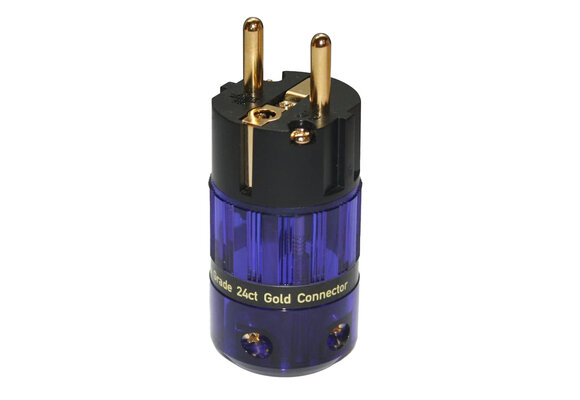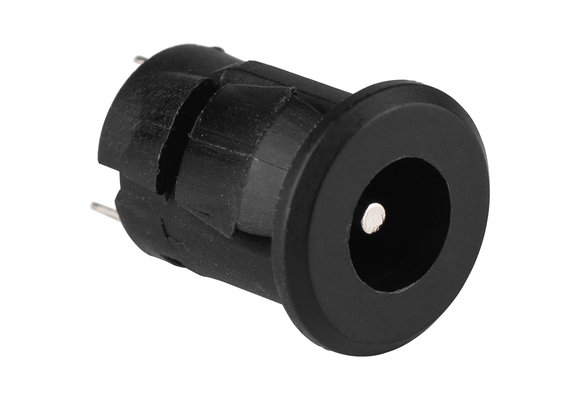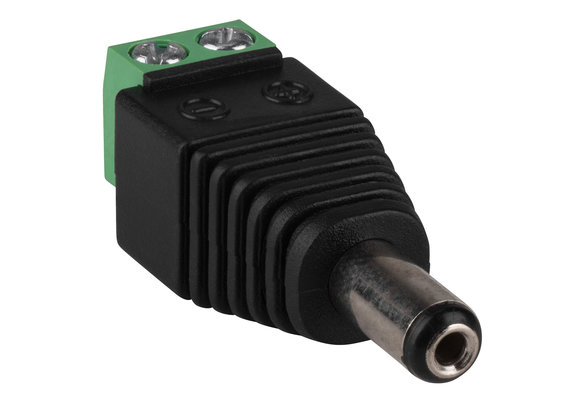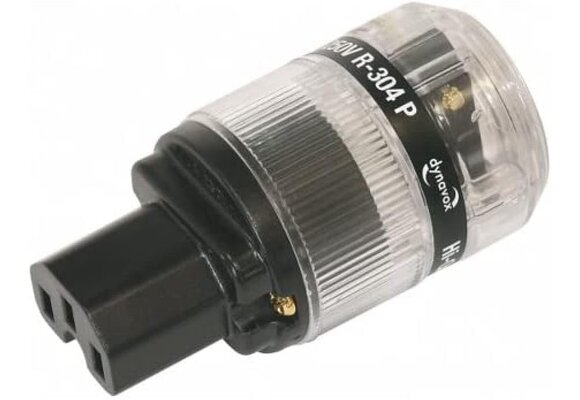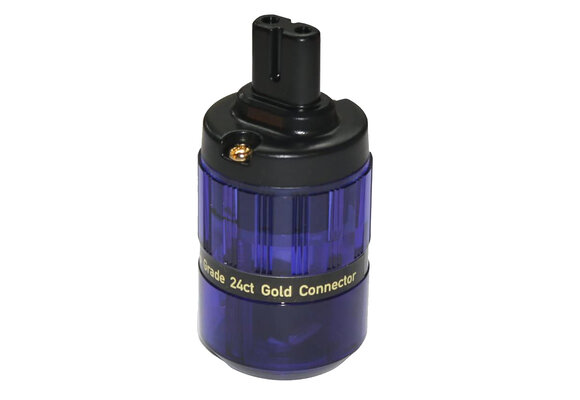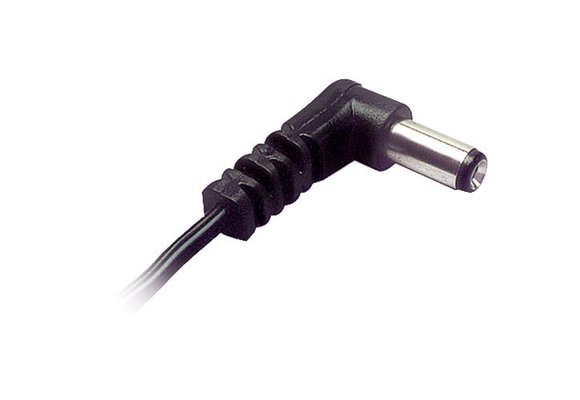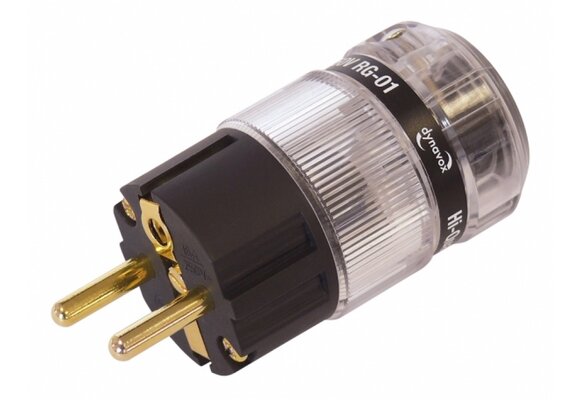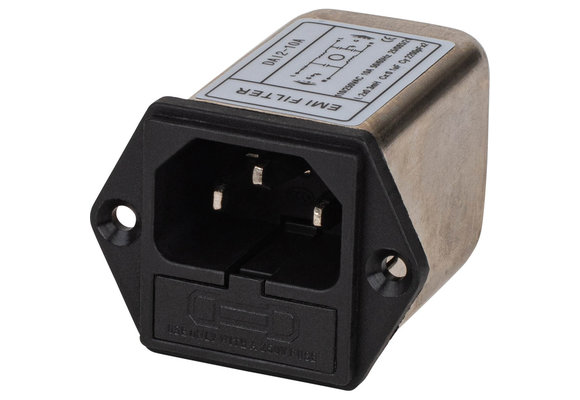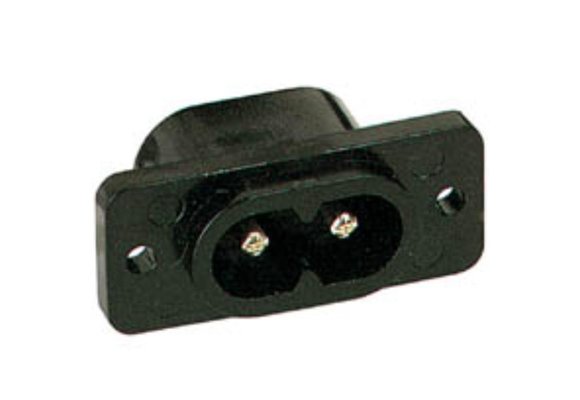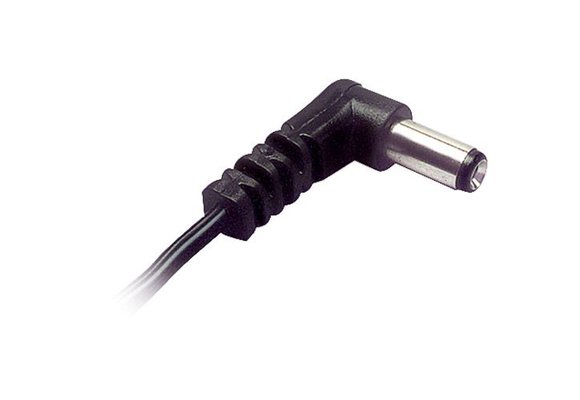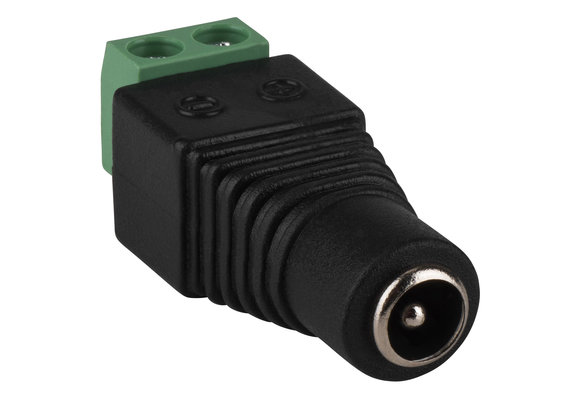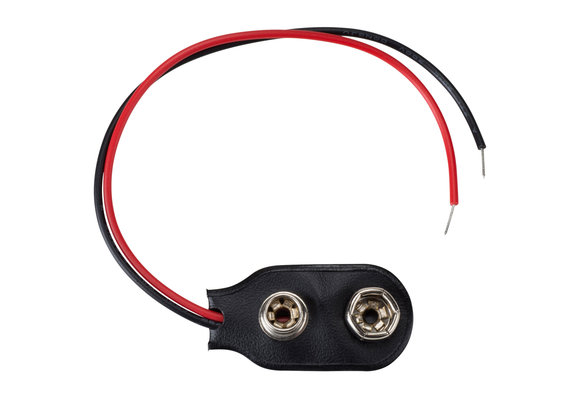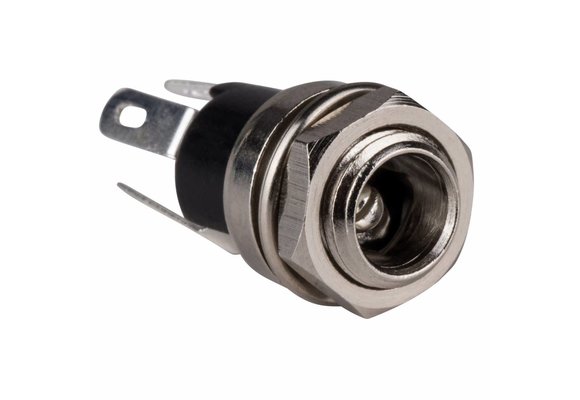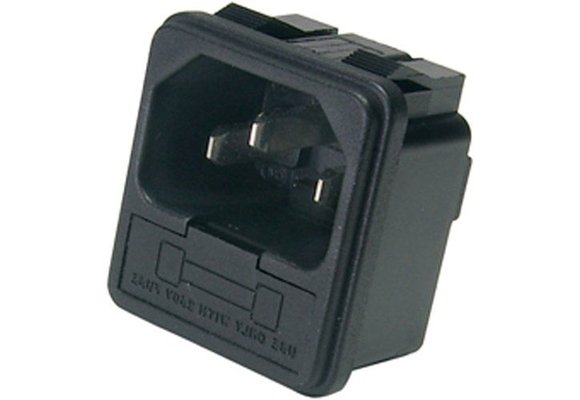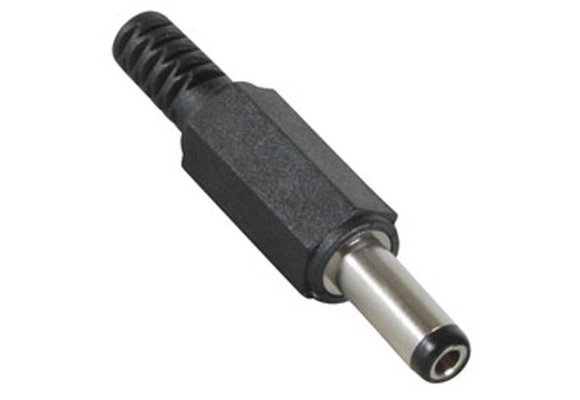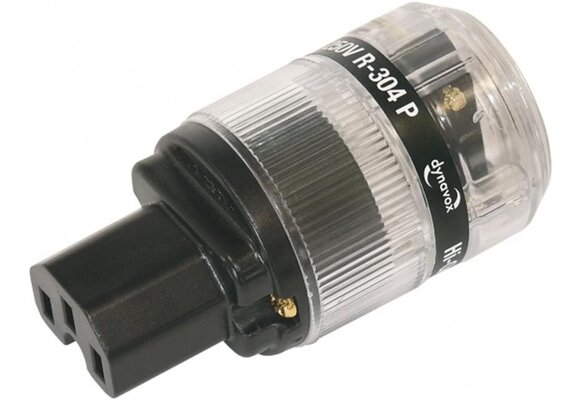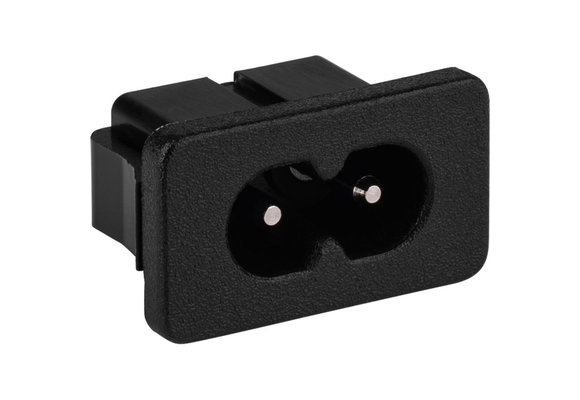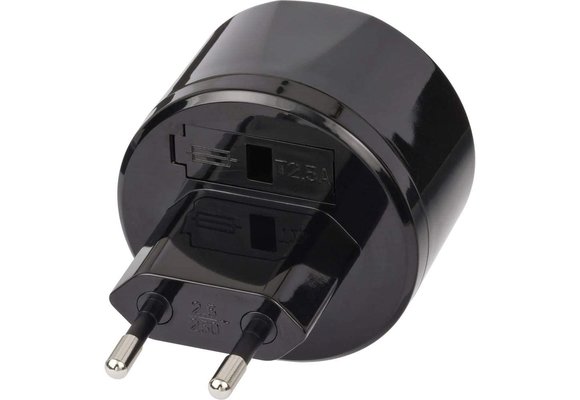What does a power connector do?
When it comes to electronics, it's all about power. Power connections are the crucial link between a device and its power supply. Power connections are devices that allow an electrical current to pass through them solely to supply electricity to a device. Customers must identify the precise type of connectors that best meet the geometry and electrical needs of their electronics, even though they can be used with many various types of electronics.
Although it comes in a variety of shapes and sizes, as well as with a variety of capabilities, options, and accessories, the goal of a power connector is always the same: to provide electricity. These connectors are designed mostly for energy transfer and it’s a task they execute wonderfully.
What are the different types of power connectors?
Because electrical power sources range in size from little batteries to enormous power grids, the electrical power connectors used to transmit electricity come in a variety of shapes and sizes. One of various power connector types may be appropriate depending on the electrical current carried and the application's purpose.
Electrical power connectors are generally classified based on the voltage they carry. Electrical connectors are divided into three categories: light-duty, medium-duty, and heavy-duty. Each category heading denotes the maximum voltage that the connector can withstand.
Various types of power connectors come under each of the three broad categories of power connectors. Here at SoundImports, you can choose from a variety of AC and DC connectors and sockets from our premium brand Monacor.
AC power connectors are mostly used to power equipment by connecting it to a wall outlet. Power plugs are small electrical wire connectors used in conventional devices, whereas industrial AC power plugs are big electrical wire connectors used in larger industrial applications.
DC connectors are not standardised like AC connectors. A DC plug, which is a type of DC connector, is used to power small electrical equipment. Because several DC plug standards exist, it's critical to avoid using incompatible variants by accident.
Why are there different power connectors?
Lighting was the primary use of electricity when it was initially introduced into the home. However, when it became a viable option to other forms of heating, as well as the development of labour-saving appliances, it became necessary to have a means of connecting to the supply other than through a light socket. TT Smith pioneered the two-prong electric plugin 1883.
Many countries decided to build their own plugs rather than embrace the US standard, which is why the world now has no less than 15 different styles of plugs and wall outlets. This conclusion, however, must be considered reasonable. In terms of design, the unsteady American plugs and their uninsulated prongs were virtually prehistoric.

 Home audio
Home audio  Audio components
Audio components  Crossover components
Crossover components  Test & measurement
Test & measurement  DIY kits
DIY kits  Accessories
Accessories  New products
New products  Speakers
Speakers Amplifiers
Amplifiers DAC converters
DAC converters DSP modules
DSP modules Turntables
Turntables Streamers
Streamers Woofers
Woofers Tweeters
Tweeters Exciters
Exciters Bass shakers
Bass shakers Plate amplifiers
Plate amplifiers Amplifier modules
Amplifier modules Single board computers
Single board computers Assembled crossovers
Assembled crossovers Printed Circuit Boards (PCB)
Printed Circuit Boards (PCB) Capacitors
Capacitors Resistors
Resistors Coils
Coils Circuit Breakers
Circuit Breakers Crossover tools
Crossover tools Screw terminals
Screw terminals Acoustic measurements
Acoustic measurements Electric measurements
Electric measurements Sound level meters
Sound level meters DIY amplifier kits
DIY amplifier kits DIY component packs
DIY component packs DIY speaker kit
DIY speaker kit DIY subwoofer kits
DIY subwoofer kits DIY bluetooth speaker
DIY bluetooth speaker DIY electronics kits
DIY electronics kits Binding posts
Binding posts Cabinet Hardware
Cabinet Hardware Cables
Cables Connectors
Connectors Speaker cabinets
Speaker cabinets Electromechanics
Electromechanics Power supplies
Power supplies Speaker repair
Speaker repair Workshop & tools
Workshop & tools Amplifier accessories
Amplifier accessories Stands & mounts
Stands & mounts Gift voucher
Gift voucher Books
Books New products
New products









 Speakers
Speakers Amplifiers
Amplifiers DAC converters
DAC converters DSP modules
DSP modules Turntables
Turntables Streamers
Streamers Woofers
Woofers Tweeters
Tweeters Exciters
Exciters Bass shakers
Bass shakers Plate amplifiers
Plate amplifiers Amplifier modules
Amplifier modules Single board computers
Single board computers Assembled crossovers
Assembled crossovers Printed Circuit Boards (PCB)
Printed Circuit Boards (PCB) Capacitors
Capacitors Resistors
Resistors Coils
Coils Circuit Breakers
Circuit Breakers Crossover tools
Crossover tools Screw terminals
Screw terminals Acoustic measurements
Acoustic measurements Electric measurements
Electric measurements Sound level meters
Sound level meters DIY amplifier kits
DIY amplifier kits DIY component packs
DIY component packs DIY speaker kit
DIY speaker kit DIY subwoofer kits
DIY subwoofer kits DIY bluetooth speaker
DIY bluetooth speaker DIY electronics kits
DIY electronics kits Binding posts
Binding posts Cabinet Hardware
Cabinet Hardware Cables
Cables Connectors
Connectors Speaker cabinets
Speaker cabinets Electromechanics
Electromechanics Power supplies
Power supplies Speaker repair
Speaker repair Workshop & tools
Workshop & tools Amplifier accessories
Amplifier accessories Stands & mounts
Stands & mounts Gift voucher
Gift voucher Books
Books New products
New products
